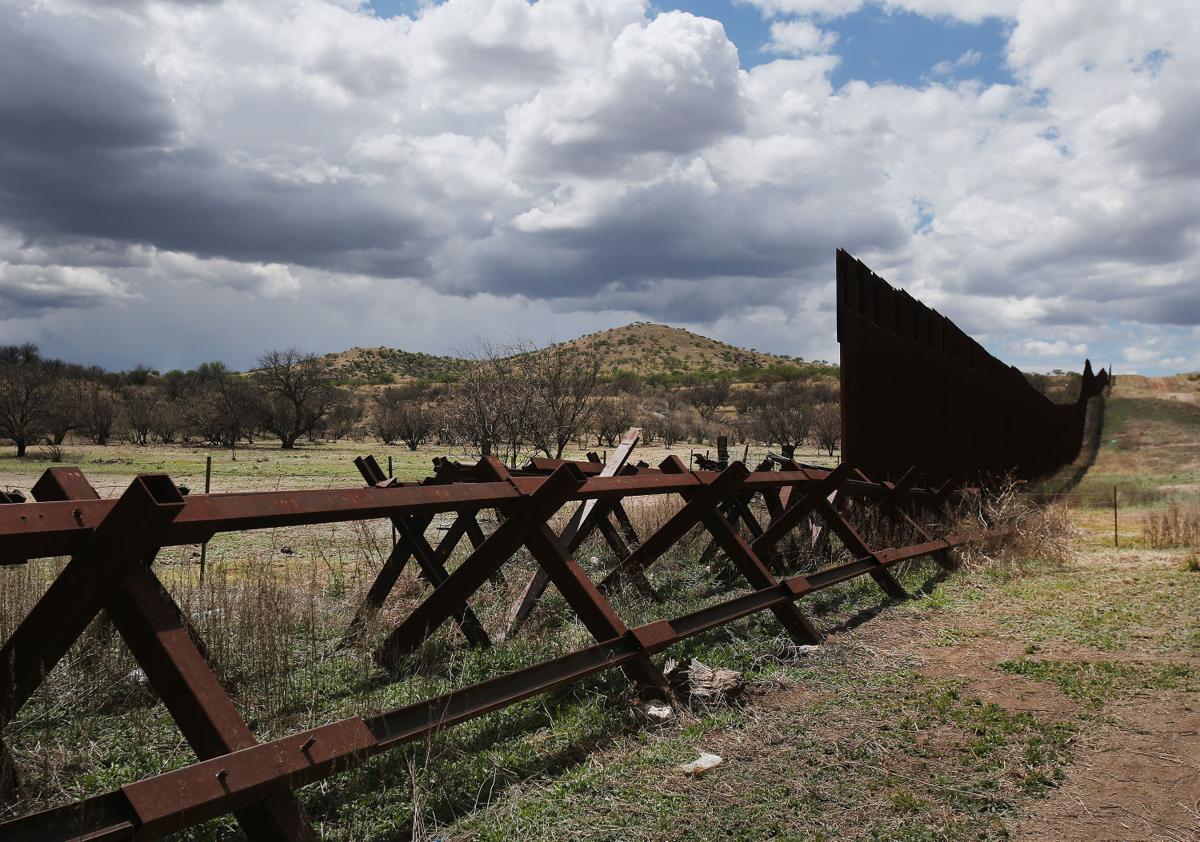One of President-elect Donald Trump’s signature campaign promises was building an impenetrable wall on the U.S.-Mexico border — and making Mexico pay for it.
The proposal took several forms over the course of Trump’s campaign, but most commonly he proposed a solid wall dozens of feet high, stretching about 1,000 miles along the international boundary.
In Arizona and California, much of the border already has some sort of fencing.
Urban areas tend to have pedestrian fencing, where 20-foot steel poles separate places like Nogales and San Diego from their sister cities in Mexico. As their name implies, they're designed to stop people on foot.
Remote areas, where crossers often are in cars, have chest-high vehicle barriers, rail-and-post fencing, or barbed wire.
Arizona has about 120 miles of pedestrian fencing and 180 miles of vehicle barriers along its border with Mexico. Along the remaining 66 miles, the only barrier is barbed wire or mountains.
Border Patrol officials say fences are tools to slow down illegal border crossings and give agents time to make an apprehension, rather than stopping crossings altogether. Trump's proposed wall would be designed to stop all crossings outside of legal ports of entry.
About 1,200 miles of the border have no fencing of any kind, but most of those stretches have canyons or mountains that act as natural deterrents — and where the terrain makes building a fence or wall difficult. In Texas, most of the border is along the Rio Grande, which serves as a natural barrier, or is privately owned.
Trump has said he does not plan to build the wall along stretches where natural barriers suffice.
Fenced or not, the borderlands are protected by Border Patrol agents. Large swaths also are guarded by sophisticated electronic surveillance equipment.
The estimated costs of walling the rest vary, but range from a few billion dollars to as much as $40 billion.
Trump consistently said he would make the Mexican government pay that bill. But Mexican officials voiced stiff opposition to that idea. Whether a fiscally conservative, Republican-controlled Congress will approve spending billions of dollars on such a project might be the biggest question of all.





